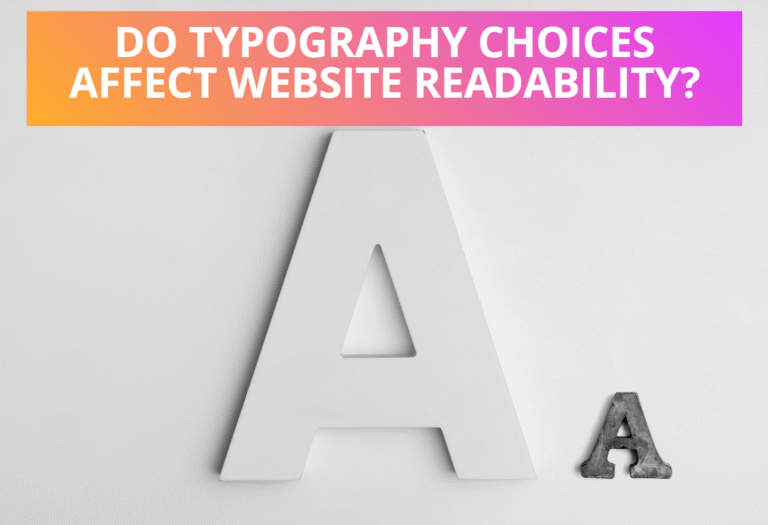Nowadays, we all take responsive web design for granted. When we visit, we expect a website to work and look good on all of our devices, regardless of screen size.
However, it took a long time for developers to settle on responsive web design after experimenting with various techniques to adapt sites to different screen sizes.
This blog post will discuss on the Evolution of Responsive web design and Revolutionized Online Experience.
Table of Contents
The History and Evolution of Responsive Web Design
Responsive design arose as a solution to the problem of creating websites that looked good on various screen sizes and devices. Websites were initially designed with a fixed, static layout that did not adjust to screen size.

- Designers created a layout that would adjust to the screen size by introducing fluid grid layouts, making the website look great on different devices.
- The introduction of media queries completely transformed responsive design. Depending on parameters like screen size, orientation, or resolution, designers can use media queries to apply different styles to a website.
- By 2012, responsive web design was widely used in the web development industry, and many businesses recognized the importance of making it easy for the rapidly growing mobile internet user base to access their websites.
- RWD also saved time and money because designing and managing one website was easier than having multiple layouts for different devices and screen sizes.
- With the number of mobile internet users growing by the year, Google claims that with this change, “users will find it easier to get relevant, high-quality search results optimized for their devices.”
- This benefits tablet and smartphone users because they will come across fewer sites that aren’t mobile-friendly, and it will motivate website owners to make the necessary changes.
- Responsive design has recently evolved with innovations such as flexible typography and CSS grids. CSS grid makes it possible to create complex grid-based layouts, making it easier to create new web designs that look great on any device. Flexible typography allows font size and line height to be adjusted based on screen size, making it easier to read on small screens.
What is responsive web design?
Responsive web design allows web pages to be displayed on different screen sizes. This is an example of user interface plasticity, or an interface’s ability to be fluid and present itself in the best possible arrangement based on the available screen space. On the other hand, responsive design is more than just a technical approach; it is the foundation of a good user experience.

A fluid grid, flexible images, and media queries must all be used in responsive design to reformat web pages based on user preferences and provide the best possible web experience:
Read Also: How to Redefine Great Web Design: 7 Essential Tips
Fluid grid:
A grid is a two-dimensional structure of intersecting lines that allows you to organize information into columns and rows. Each grid element in a fluid grid is expressed as a proportion relative to its container, so it resizes to fit the container. As a result, the number of columns in a grid can vary depending on the size of a user’s viewport (the visible area on the user’s device where content can be seen). For example, you can show a one-column layout on the mobile and a three-column layout on the desktop.
Relative units:
Web page elements such as buttons and content blocks are measured in relative units such as percentages. Relative units allow you to size elements about the size of a viewport.
Media queries:
CSS (Cascading Style Sheets) media queries can change the style of a page based on viewport characteristics such as display resolution and browser window size.
How does responsive design work?
A viewport is the visible portion of a browser window. (If you’re viewing this page on a mobile device, your viewport will be much smaller than on a tablet. You can’t see as much content because of the smaller screen size.)
Traditional New Orleans web designs were created using pixels.
You’d typically have an element (such as an image) set to 200px x 500px. It would display the same size regardless of the device’s viewport size.

However, design elements on a responsive website are sized using proportions.
You’d set the column width to 20% using the same image as an example. The image column would then take up 20% of the page, whether loaded on a small screen (such as a Blackberry viewport) or a large screen (such as a desktop computer).
You may also see responsive elements referred to as ‘flexible images’ or ‘flexible elements,’ owing to their ability to change size based on screen width.
Why Is Responsive Web Design Important?

Mobile users are taking over, and businesses must optimize their websites for all devices to succeed in the new mobile-dominant internet space.
Because RWD websites have a single URL and set of code, you don’t need to design multiple sites or worry about multiple URLs; whether visitors visit a website on a tablet, smartphone, or laptop, they will see the same site.
The website will reorient and organize itself automatically to fit the screen of the device being used to view it. With RWD, your website is optimized for every device. Not only that, but it will save you money on web design and administration as well.
It is only necessary to build and manage a single website. RWD creates the most seamless, high-quality experience you can provide customers likely to browse your site on multiple devices, as more is required.
Conclusion:
In conclusion, evolution of responsive web design has significantly impacted conversion rates and user engagement. Businesses can increase engagement and conversions by prioritizing user experience and delivering consistent experiences across devices. Adopting an optimizing website loading speed, a mobile-first approach, and focusing on user experience are all critical steps in harnessing the power of responsive web design. SoftCircles, a leading New Orleans web design company, can assist businesses in optimizing their websites for responsive design and maximizing their online success.
Read Next: Top 15 Benefits of Using AngularJS for Web App Development









